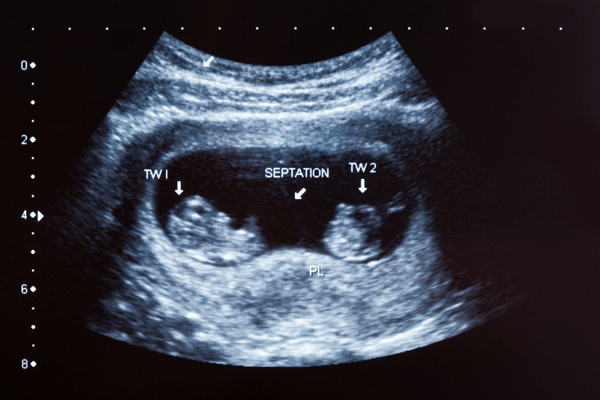Genetic studies have played a huge role in discovering so many previously-unknown facts and methods in which the human body tends to operate. Recently, a study was done by researchers from Karolinska Institution, (Sweden) in collaboration with, scientists from Indiana University where they tracked the eye-movement of twins. Their goal was to discover whether or not genetics plays a strong role in how people attend to their environment. Unlike most eye-movement studies where the main focus is to find the common features that drive one's attention, Daniel P. Kennedy, (an assistant professor in the IU Bloomington College of Arts and Sciences' Department of Psychological and Brain Sciences) explains that "This study is different. We wanted to understand differences among individuals and whether they are influenced by genetics".
In this particular study, the eye-movement of 466 children (233 pairs of twins) was observed. The group was made of 119 pairs of identical twins and 114 pairs of fraternal twins between ages 9 and 14. Each child was given 80 pictures of different scenes that are typical to encounter in day-to-day life and were asked to look at each one. The researchers used eye-trackers to examine general "tendencies of exploration" and to measure the sequence of eye-movement in space and time as each child looked at the scenes. What was discovered
After tracking the eye-movements in the twins, a very strong similarity in gaze patterns was found within the sets of identical twins; they tended to look at the same features in the scene in the same order. They also found weaker, yet significant similarities with the fraternal twins. From here, the researchers were able to infer that the common eye-movement patterns in identical twins are likely due to their shared genetic makeup. They also found that with this process, they can reliably identify one twin with their other twin amongst a group of unrelated people; they called this "gaze fingerprinting."
This study gives us a new perspective on how biology and environment are integrated into our development. What I find extremely interesting is how it is through the selection process that ends up shaping our visual experiences. However, to take it a step further, it's fascinating to me that where one looks has a huge effect on his/her development. That leaves me wondering if this can lead to similar behaviors and/or experiences amongst identical twins who have been separated at birth.
https://medicalxpress.com/news/2017-11-twin-genetics-affects-children-mental.html
https://www.news-medical.net/news/20171110/Genes-influence-our-eye-movements-study-shows.aspx







